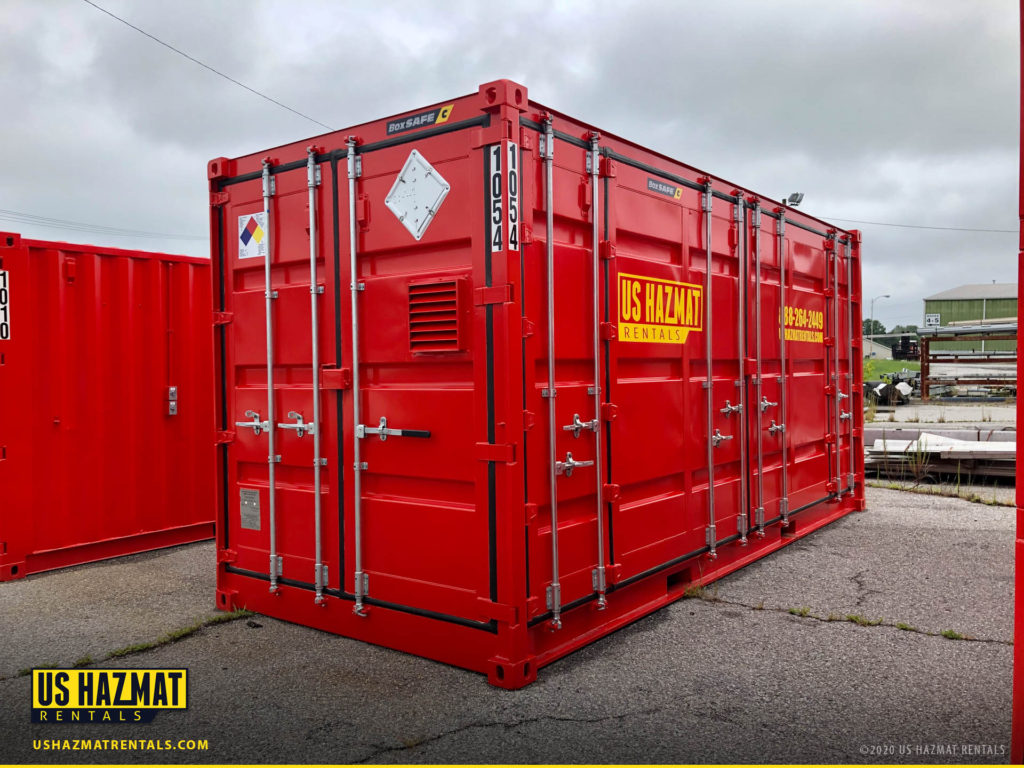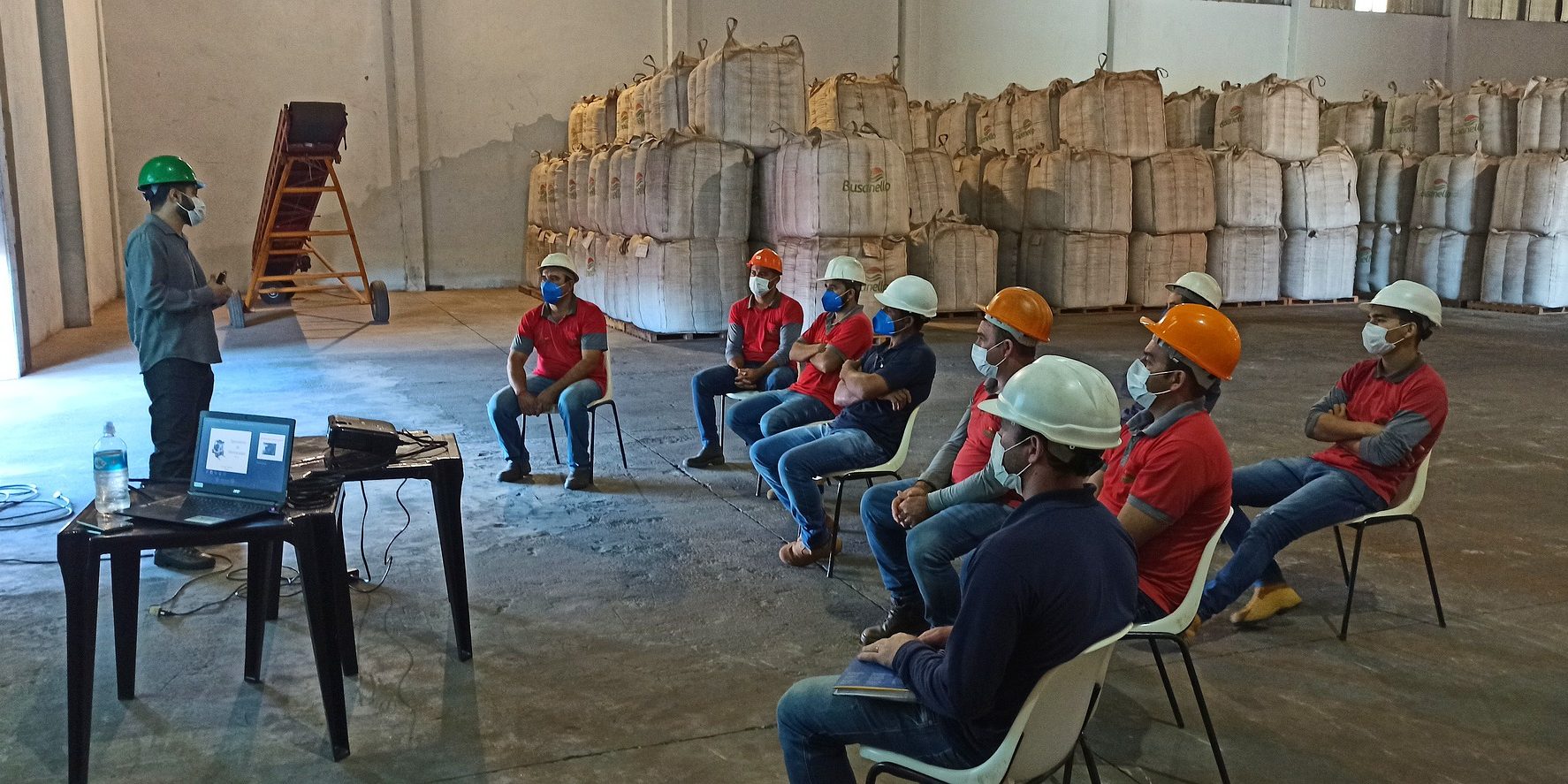The stakes for improper chemical storage have never been higher. As part of the proposed Build Back Better Act, OSHA fines for repeated violations could increase to $50,000 from $9,753 and the maximum to $700,000 from $136,532. The proposed hike comes from the House Education and Labor Committee as an effort to crack down on willful workplace safety violations. Needless to say, the proposed OSHA fines embolden the agency’s enforcement powers. For years, negligent employers have weighed the cons of the relatively paltry fines as a cost of doing business in lieu of safety compliance. To them, biting the bullet and taking the fine are cheaper than investing in safety measures to protect employees. Such an egregious overstep in common decency is unacceptable. How is it that as a society we can value cheap labor fines over human life?
Understanding The Build Back Better Plan and OSHA Fines

As part of President Biden’s proposed package to strengthen America’s infrastructure, the plan focuses on reinvesting in industry while lessen our carbon footprint. So far, one of three major parts has received bipartisan approval. Altogether, the BBBP is valued around $7 trillion. One of the major initiatives of the plan reemphasizes worker safety. If approved, the plan would give OSHA $707 million for enforcement, whistleblower investigations and compliance assistance.
“As part of the Build Back Better plan, workers’ rights are strengthened with provisions to apply civil monetary penalties for labor law violations and by updating the dollar amount of worker safety penalties so they are large enough to serve as an adequate deterrent,” Committee Chair Bobby Scott (D-VA) said in a Sept. 9 press release.
Source: safetyandhealthmagazine.com
Weighing the True Impact of Improper Chemical Storage
So, what do these fines mean for small private businesses? If your company adheres to OSHA regulations, then you have nothing to worry about. But for those who have skipped corners to save a few bucks, the results could be dire. A $700,000 fine would likely be an insurmountable setback for many manufacturers. Additional government funding for enforcement will certainly result in more OSHA field agents making their rounds from business to business. For years, negligent safety engineers have took their chances, banking on a shortage of compliance officers to be their saving grace. Those days are undoubtedly numbered. It’s only a matter of time before an incredulous yellow-hatted OSHA officer comes knocking at your door, looking for answers.
The Costs of Doing Business
For many small businesses, maintaining low overhead while maximizing profit is the key to solvency. Liabilities and the propensity for lawsuits are rarely factored into this equation. But what happens if one your employees is burned in a chemical fire because your supervisors failed to properly store ethanol? Or what happens if they suffer from a sever burn because a barrel of acid was left exposed? OSHA fines aside, you’re also looking at some hefty legal fees from the injured employee’s pending lawsuit. Depending on the level of negligence, insurance companies may not cover damages either. In the end, this could spell bankruptcy for a business. And all because they refused to invest in employee safety.

When it comes to avoiding hefty fines and civil penalties, compliance is always the more cost-effective option. For a fraction of what a recurring OSHA fine may cost, your company can invest in compliant steel protection from U.S. Hazmat Rentals. We offer a line of fire-rated and non-fire rated chemical storage options with a range of protection depending on setback requirements. By accurately assessing your company’s needs and safety budget, our experienced building engineers can recommend the most cost effective chemical storage option. Such keen insight and astute problem solving will keep your company OSHA compliant while not drastically affecting operating costs.






